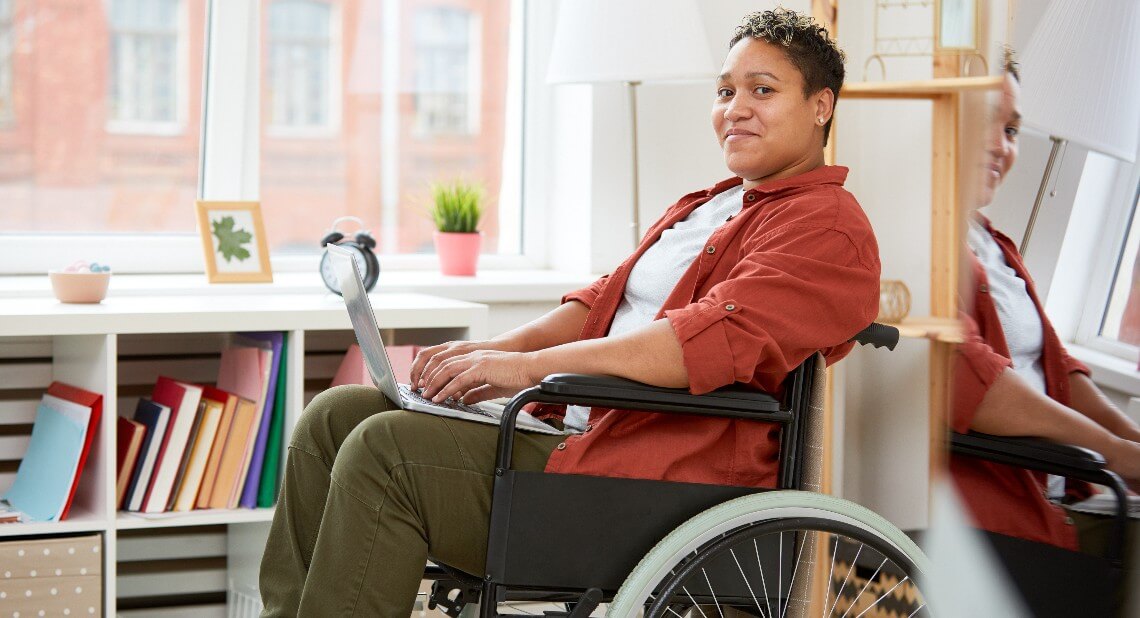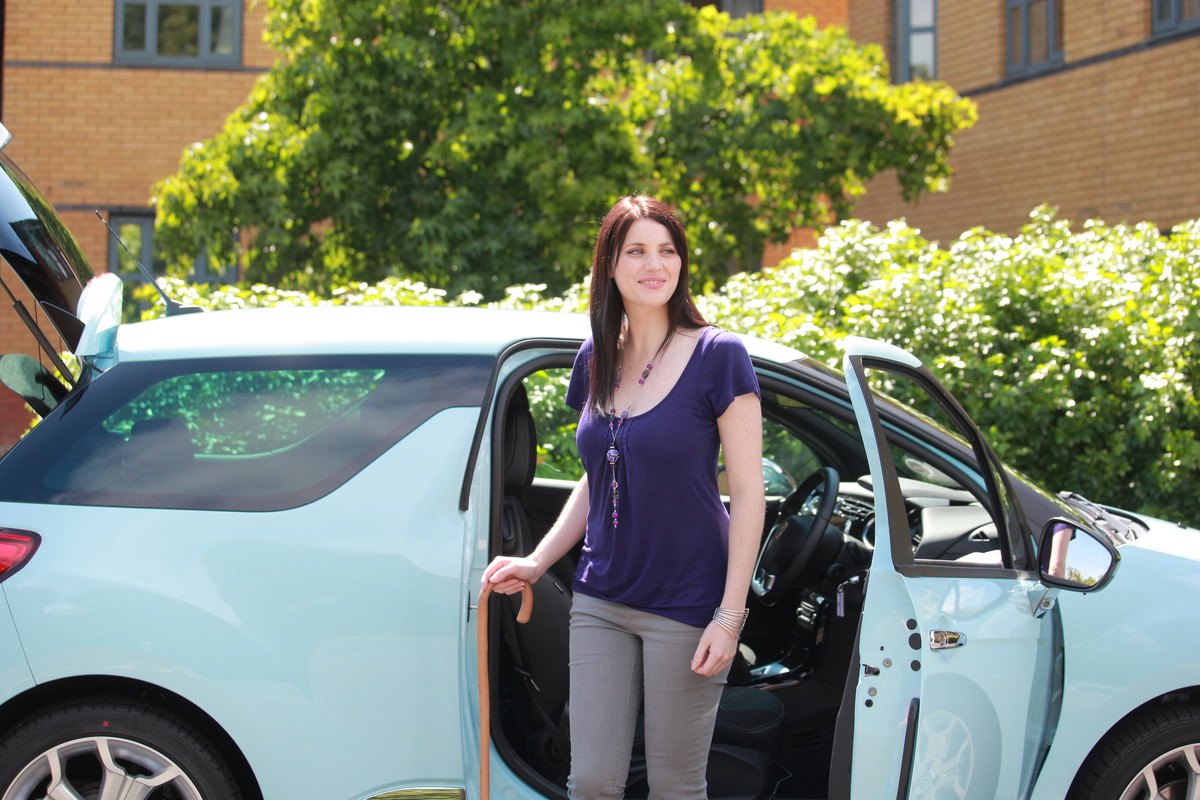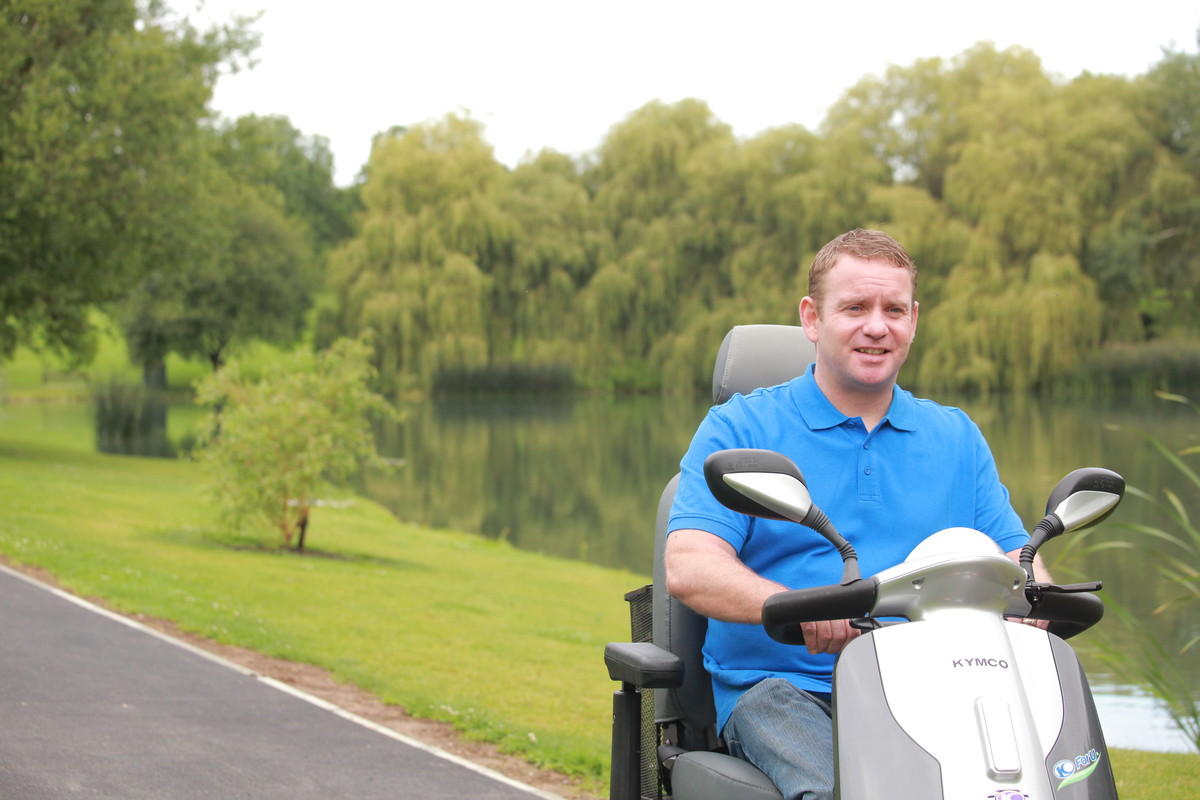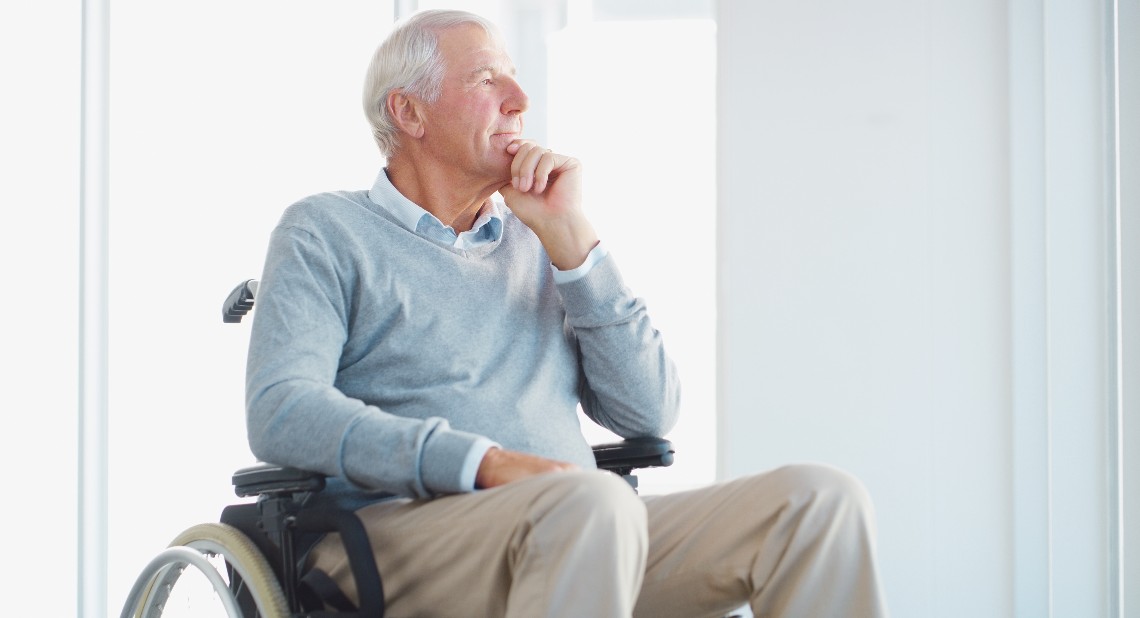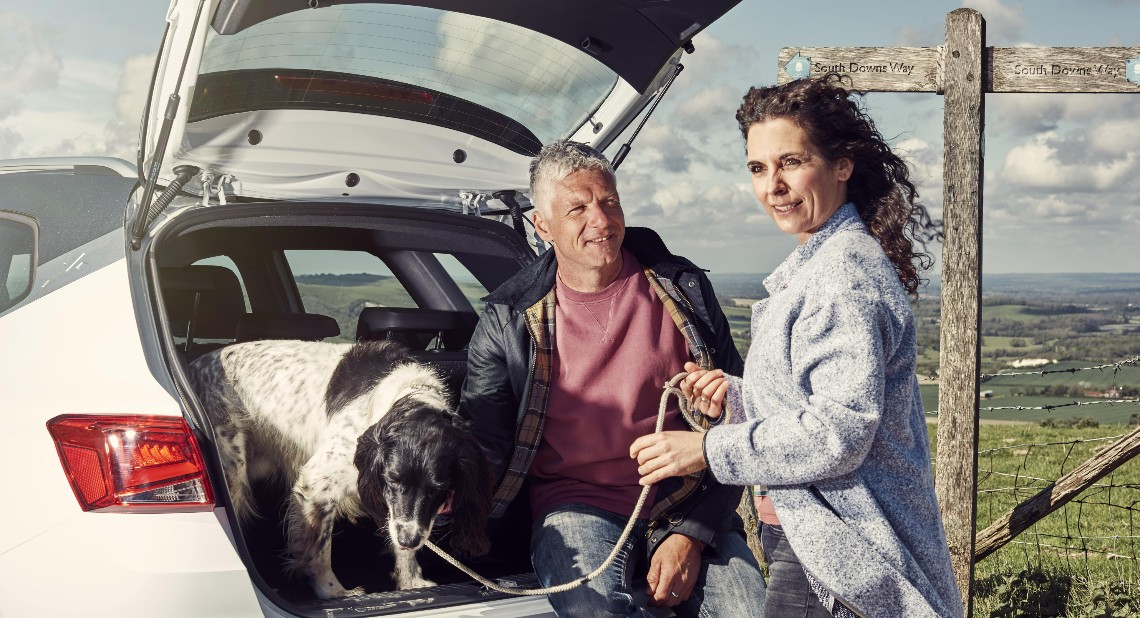Whether you’ve just been awarded PIP for the first time, or if you are awaiting a reassessment, our helpful summary tells you what PIP could mean for you as a current or future Motability Scheme customer.
What is PIP?
Personal Independence Payment (PIP) is an allowance awarded by the Department for Work and Pensions (DWP), designed to help people who have difficulties with day-to-day living or getting around. It was introduced as part of the government’s Welfare Reform Act in 2012 to replace Disability Living Allowance (DLA) for people aged between 16-64.
Daily living and mobility
PIP is split into two components: a daily living component and a mobility component.
- Daily living activities may include preparing or eating food/drinks, washing, bathing, using the toilet, dressing/undressing, reading, making decisions about money and engaging with other people.
- Mobility activities may include planning and following journeys and moving around. If you receive the Enhanced Rate of the Mobility Component of PIP, you could exchange this to lease a car, scooter or powered wheelchair through the Motability Scheme.
What’s the difference between DLA and PIP?
Disability Living Allowance (DLA) ended for people who were born after 8 April 1948 and are 16 or over. But you can keep getting DLA if you’re under 16 or you were born on or before 8 April 1948 and have an existing claim.
Anyone in receipt of a higher rate mobility allowance is eligible to apply to lease a car, scooter or powered wheelchair through the Motability Scheme. So, whether you receive the higher rate DLA or enhanced rate PIP, you have the option to exchange this for the Motability Scheme’s all-inclusive package. The package is designed to you and your support network get out and about. If you don’t drive yourself, you can add friends and family as your drivers.
Find out more about the Scheme.
How is eligibility assessed?
An independent healthcare professional assesses your eligibility for PIP on behalf of the DWP. They also decide the rate you will receive and how long you are entitled to receive the benefit.
In some cases, you will be invited to an assessment to provide further information. The assessment will determine the amount of assistance you need and could be over the phone, in person, or by video call.
The DWP decision maker will score your abilities for daily living and mobility activities. Each component of PIP will be assessed using a points system between zero and 12. You can find out more about what these scores mean on the Citizens Advice website.
Some people who didn’t qualify for Disability Living Allowance might be eligible for Personal Independence Payment
For example, under the ‘mobility’ component, the activity ‘planning and following journeys’ has six descriptors ranging from ‘can plan and follow the route of a journey unaided’, which carries zero points, to ‘cannot follow the route of a familiar journey without another person, an assistance dog or an orientation aid’, which carries 12 points.
Similarly, under the ‘daily living’ component, the task ‘preparing food’ has six descriptors ranging from ‘can prepare and cook a simple meal unaided’, which carries zero points, to ‘cannot prepare and cook food’, which carries eight points.
The higher your score, the more support you’re expected to need, but you must score enough points to cross the ‘entitlement threshold’ to qualify for PIP in the first instance. All applicants for PIP need to do this assessment, including individuals who still receive DLA.
How much will you receive?
If you are entitled to PIP, you will be paid at one of two rates: a standard rate or an enhanced rate. You will receive the enhanced rate if you are believed to be severely limited in your ability to carry out one or both of PIP’s components. The allowance rates are listed on the Citizens Advice website.
What’s available if you receive PIP?
You can choose to use your mobility allowance however you wish. If you have a car, you may also be entitled to VAT relief on vehicle tax.
If you qualify for the Enhanced Rate of the Mobility Component of PIP, you’ll be eligible to exchange this for leasing a vehicle through the Scheme. If this applies to you, you can simply exchange all or part of your mobility allowance to lease a vehicle of your choice.
The Motability Scheme package includes insurance for three drivers, full breakdown assistance and all servicing and repairs. If you’d like us to send you more information about the Motability Scheme, simply choose how you’d like to receive this by selecting a button below.
You can join the Motability Scheme if you receive the Enhanced Rate of the Mobility Component of PIP.
What if you are already using the Motability Scheme?
The Motability Scheme works with PIP in the same way as DLA, so if you are an existing customer in receipt of higher rate DLA and switch to enhanced rate PIP, you simply continue your lease.
You can no longer use the Motability Scheme if you receive an unsuccessful PIP or DLA assessment or receive the lower mobility allowance.
Find out if you’re eligible to join the Scheme.
If you do not receive enhanced rate PIP, can you appeal the decision?
An appeals process is in place if you are unhappy with the outcome of your assessment. You must first discuss this with the DWP and then make a formal request (known as a mandatory reconsideration) to have your score reviewed. If you are still unhappy you can appeal the outcome of this review.
Where to start if you’re completely new to PIP and the Motability Scheme?
Watch our simple animation about how the Motability Scheme works.
Useful links
- For more information about the Motability Scheme, browse through our options
- If you’re an existing Motability Scheme customer, visit the PIP section of the Scheme website
- For more information about PIP, visit the PIP section of the DWP website
Read more articles like this:
A guide to car boot space: How much do you really need?
How to access disabled parking concessions across the UK
Toll road and congestion scheme charges across the UK
![]()
